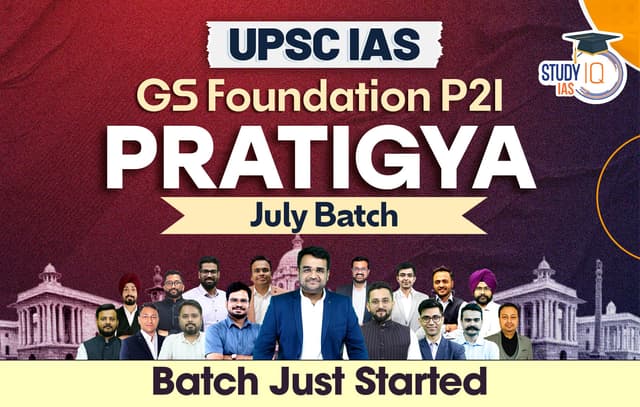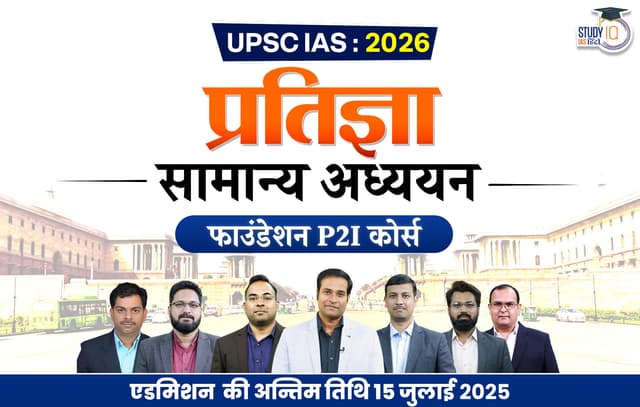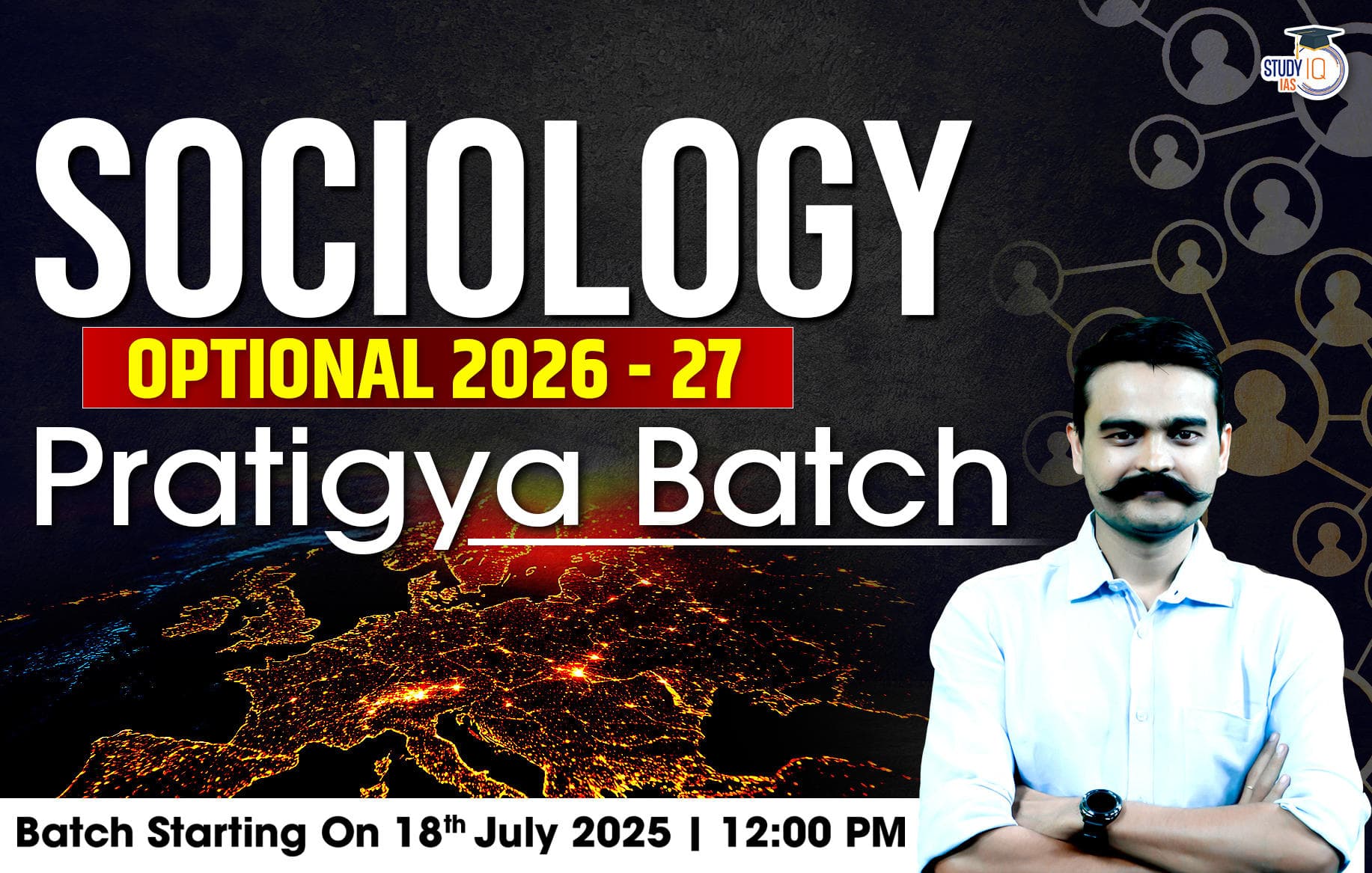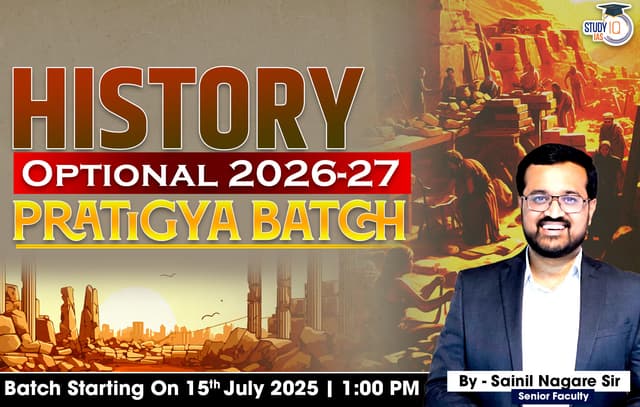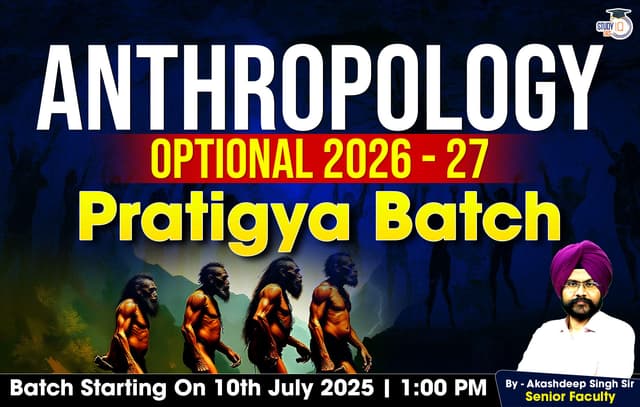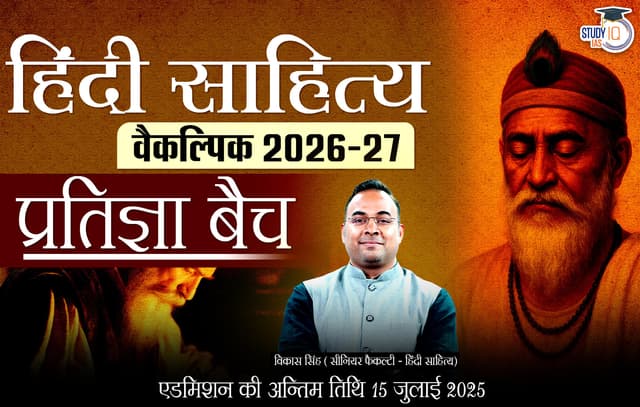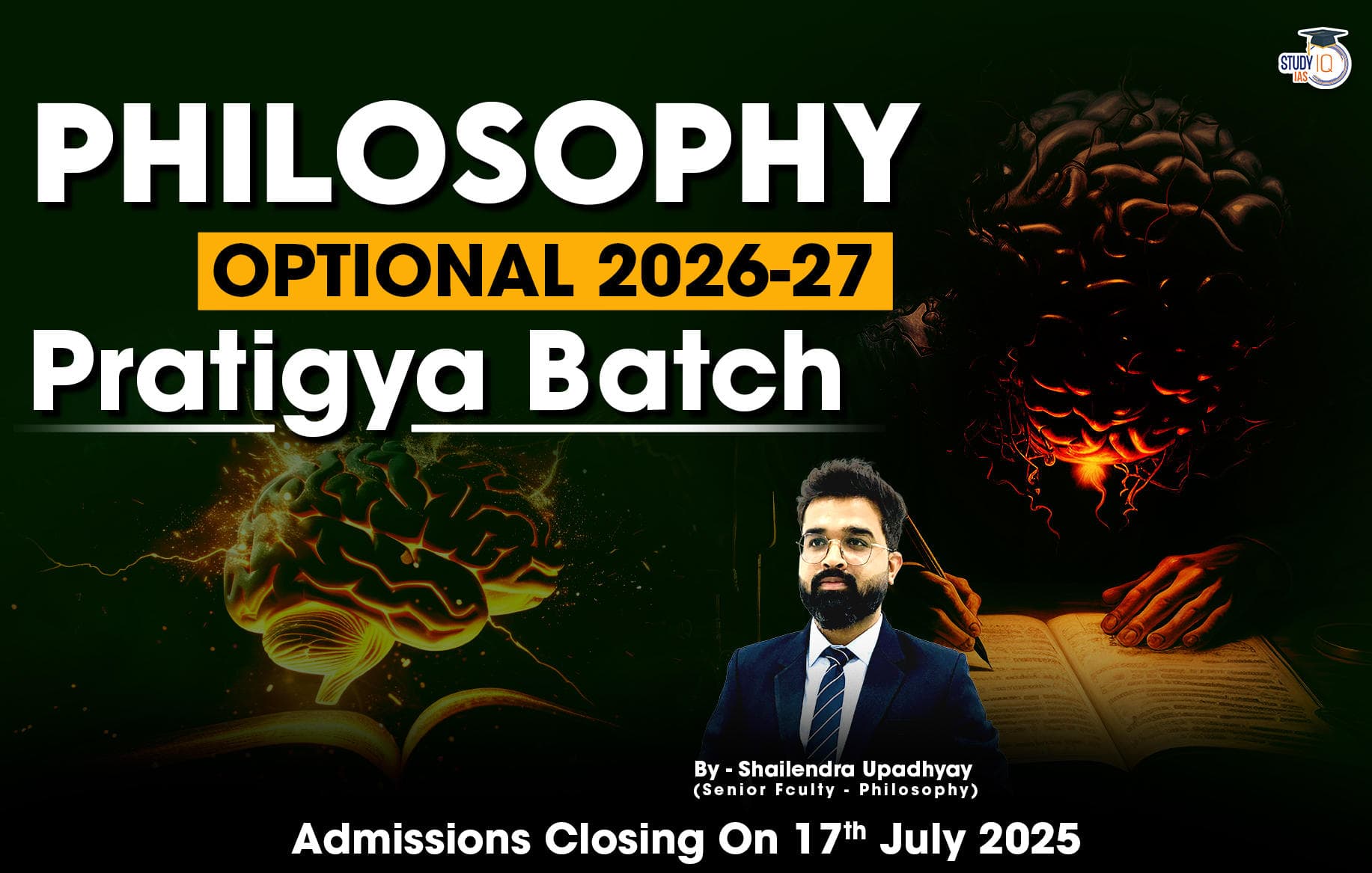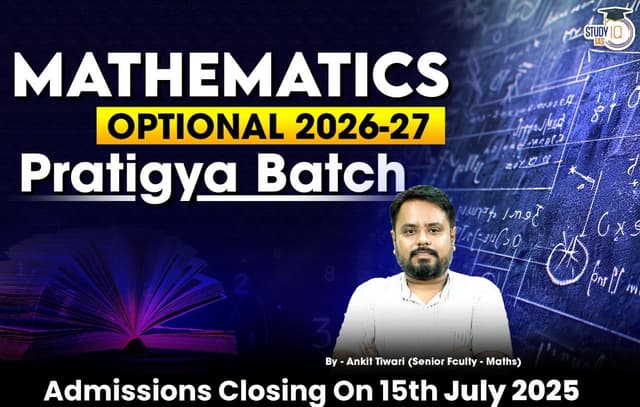Table of Contents
The Jagannath Rath Yatra 2025, one of the most celebrated religious festivals in India, will commence on June 27, 2025, in Puri, Odisha. This centuries-old tradition attracts millions of devotees and tourists from across the world who come to witness the majestic procession of Lord Jagannath, along with his siblings Balabhadra and Subhadra, on grand chariots.
The Puri Jagannath Rath Yatra festival is a symbol of devotion, equality, unity, and tradition, and is deeply rooted in the cultural and spiritual fabric of India.
Puri Jagannath Rath Yatra 2025
The Jagannath Rath Yatra, one of the most significant Hindu festivals, is celebrated annually in Puri, Odisha. This vibrant event, steeped in rich cultural heritage and deep religious fervour, attracts millions of devotees from across the globe. It is one of the world’s oldest and biggest religious festivals, with attendees numbering in the millions of devotees and tourists alike who come to participate in the pulling of the chariots, a very auspicious activity said to wash away sins and impart blessings. Months in advance, preparations start for the making of the new chariots.
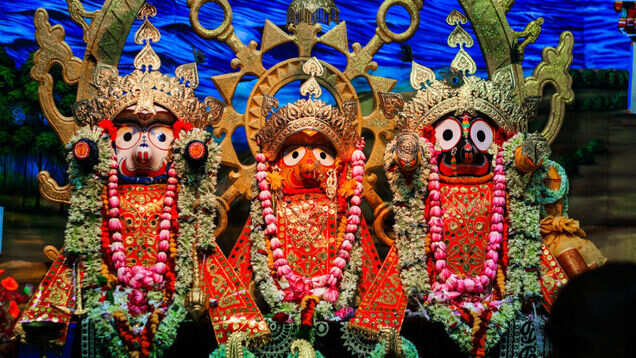
-
Festival: Puri Jagannath Rath Yatra 2025
-
Main Date: June 27, 2025, Friday (Dwitiya Tithi of Shukla Paksha in Ashadha)
-
Duration: June 12–July 5
- Location: Puri, Odisha; ~58 km from Bhubaneswar; well-connected via rail, road, air
-
Main Attraction: Three massive chariots and deity processions
-
Notable Rituals: Snana Purnima, Chhera Pahanra, Suna Besha, Niladri Bijay
| Unique Chariots |
| Nandighosa: Lord Jagannath’s chariot (16 wheels). Taladhwaja: Lord Balabhadra’s chariot (14 wheels). Darpadalana: Goddess Subhadra’s chariot (12 wheels). |
Jagannath Rath Yatra 2025: Date and Timings
| Key Events | Date | Details |
| Snana Purnima | June 12, 2025 |
|
| Anavasara | June 13–26 |
|
| Gundicha Marjana | June 26 |
|
| Rath Yatra (Main Festival) | June 27, 2025 |
|
| Hera Panchami | 1st July 2025 |
|
| Bahuda Yatra | 4th July 2025 |
|
| Suna Besha | July 5, 2025 |
|
| Niladri Bijay | July 5, 2025 |
|
ECoR Yatra App Launched for Rath Yatra 2025 in Puri
The East Coast Railway (ECoR) has launched the ‘ECoR Yatra’ app ahead of the Rath Yatra 2025 in Puri to assist millions of pilgrims with real-time travel information. Available on the Google Play Store, the app provides live train updates, special train schedules, platform details, lodging options, and booking assistance.
Designed as a one-stop digital guide, the app ensures a smooth and organised travel experience during the nine-day festival starting June 27, 2025. With this tech initiative, ECoR aims to enhance convenience, safety, and efficiency for devotees traveling to witness the grand Jagannath Rath Yatra.
History of Puri Jagannath Rath Yatra
Ancient References: The Rath Yatra has been described in holy Hindu texts such as the Brahma Purana, Padma Purana, Skanda Purana, and the Kapila Samhita. This speaks volumes about its existence in Hindu tradition for centuries.
Historical Records: It has been observed by European travellers since the 13th century. Richer descriptions were made in the 17th century. King Anantavarman Chodaganga Deva’s construction of the Jagannath Temple in Puri in the 12th century CE established the institutionalisation and majesty of the festival. The Gajapati dynasty, being temple patrons, played a large role in making the festival prominent.
Significance of Jagannath Rath Yatra
The Rath Yatra is deeply religious, spiritual, cultural, and social in its import:
Accessibility of the Divine
Unlike in most temple ceremonies, where gods are locked up within the sanctum sanctorum, the Rath Yatra is special because the deities “venture out” into the streets to bless their followers. This signifies that God can be reached by all, regardless of caste, creed, or social standing. It demystifies the divine by bringing it close to the common people.
Spiritual cleansing and blessings
It is strongly believed that taking part in or even observing the Rath Yatra, particularly pulling the chariots, washes away one’s sins, generates enormous spiritual merit, and results in salvation (moksha). The devotees regard it as a very auspicious thing to do.
Symbol of Oneness and Equality
The process of millions of individuals, irrespective of caste, creed, and social status, gathering to pull the chariots imbues within them a strong feeling of community, oneness, and devotion. The tradition of Chera Pahara, in which the Gajapati King of Puri cleanses the chariots with a golden broom, reiterates the fact that one is equal before the Lord, regardless of their status in the world.
Cultural and Heritage Showcase
The festival is a colorful exhibition of Odisha’s rich cultural heritage, traditions, and art. Building the huge, intricately carved wooden chariots annually is a centuries-old skill inherited generation after generation by talented craftsmen. The music, dance, chanting, and street theatre build a charged atmosphere.
Reunion and Family Affection
The chariot ride to the Gundicha Temple is a reuniting with family, reflecting the union of Lord Jagannath, Balabhadra, and Subhadra.
Soul’s Journey
The chariot ride is also metaphorically read spiritually as the journey of the soul to God or ultimate salvation (moksha), transcending worldly attachments and achieving enlightenment.

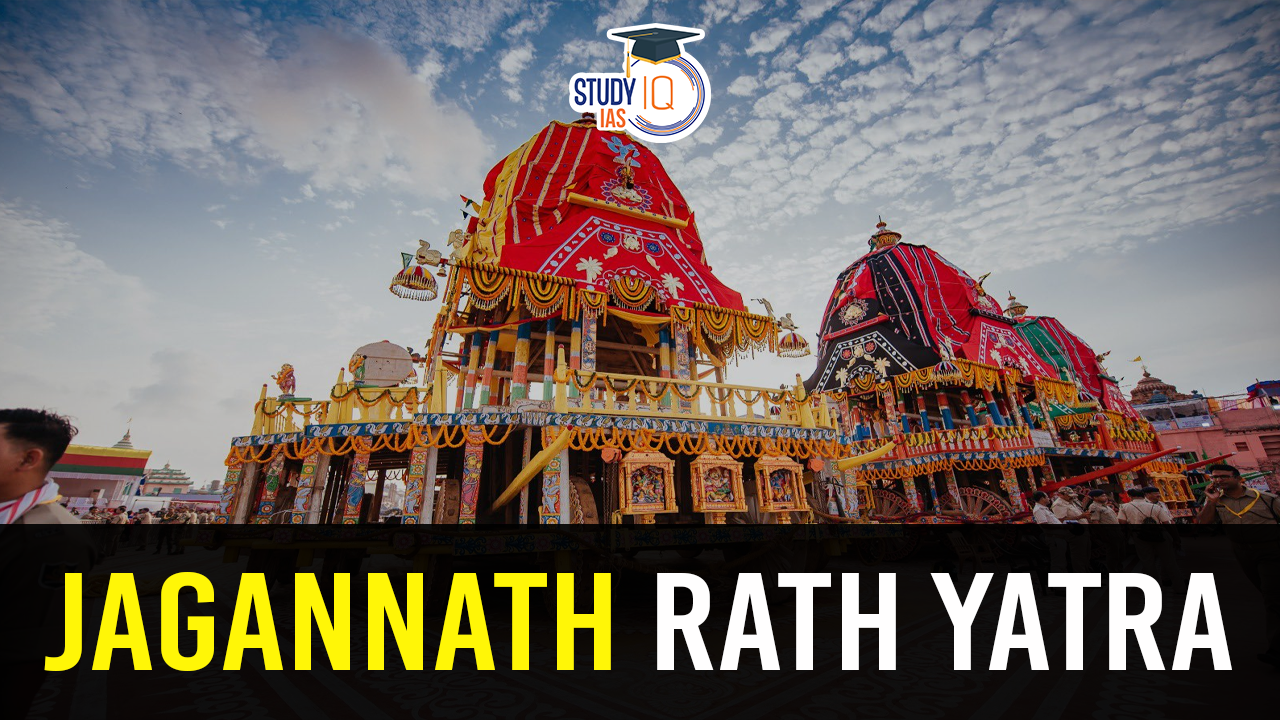
 UNESCO World Heritage Sites of India Lis...
UNESCO World Heritage Sites of India Lis...
 Chakma and Hajong Communities: History, ...
Chakma and Hajong Communities: History, ...
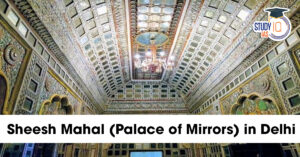 Sheesh Mahal in Delhi Restoration, Archi...
Sheesh Mahal in Delhi Restoration, Archi...

